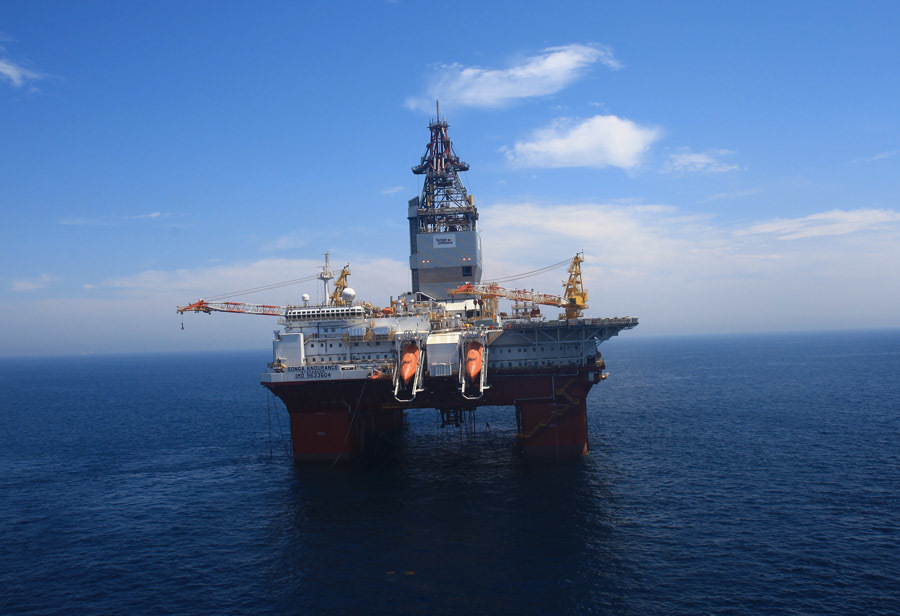
The Norwegian oil and gas industry witnessed an increase in the number of serious hydrocarbon leaks and well control incidents last year – including a potentially fatal North Sea blowout.
The Scandinavian country’s watchdog the Petroleum Safety Authority say figures from 2016 show that the risk of a major accident was still “too high”.
And although there has been a reduction in the number of serious personal injuries, other incidents painted a negative picture of safety trends on the Norwegian Continental Shelf last year.
PSA director general Anne Myhrvold said she has “cause for concern” after reviewing the safety report.
She said: “The survey results show that we’re on the right road in certain areas.
“But I’m worried about developments for key parameters such as hydrocarbon leaks and well control incidents.”
She added: “It’s worrying that the major accident indicator for 2016 and 2015 is higher than for the two previous years.”
“Over the past couple of years, we’ve witnessed a number of serious incidents in the Norwegian petroleum sector. Several of these could have developed into a major accident under marginally different circumstances.”
Both hydrocarbon leaks and well control incidents are important contributors to the trend shown by the overall indicator for major accidents, which is higher for 2015 and 2016 than in 2013-14.
In 2014, this indicator was at its lowest level since records began in 2000.
But it moved in a negative direction during 2015, and the 2016 result shows that the industry has failed to return to the 2014 level.
The serious well control incident on Songa Endurance on the Troll field in 2016 was one of the biggest contributors to the major accident indicator.
The blowout occurred in the Troll field on October 15 last year during drilling operations.
The Songa Endurance drilling rig was undertaking preparations for a sidetrack for a production well when a build up of gas from the reservoir blew “out of control”.
There were 107 people on board at the time.
Eleven hydrocarbon leaks larger than 0.1 kilograms per second (kg/s) were recorded in 2016 – the largest number since 2011. The contribution of such incidents to the overall indicator in 2016 was among the highest for years when no escapes exceeded 10 kg/s.
The relatively high contribution from leaks in 2016 reflects the fact that six incidents fell into the 1-10 kg/s category, with one of these in the topmost ranking at eight kg/s.
A total of 14 well control incidents was registered in 2016, including 12 in the lowest risk category, one in the medium group and one ranked as very serious. All these incidents were related to production drilling, while none occurred with exploration wells.
No fatal accidents occurred in the PSA’s area of authority on the Norwegian continental shelf (NCS) during 2016, but 13 people died on 29 April when a Super Puma helicopter crashed en route from Gullfaks B to Bergen Airport Flesland.
This accident falls within the Norwegian Civil Aviation Authority’s area of responsibility.
A total of 191 reportable personal injuries were registered on the NCS in 2016. Of these, 16 were classified as serious.
An injury frequency of 0.46 per million working hours for 2016 is the lowest registered for the 2000-16 period, while the serious personal injury frequency was below the expected level compared with the 10 preceding years. The trend from 2015 was particularly positive on mobile units.